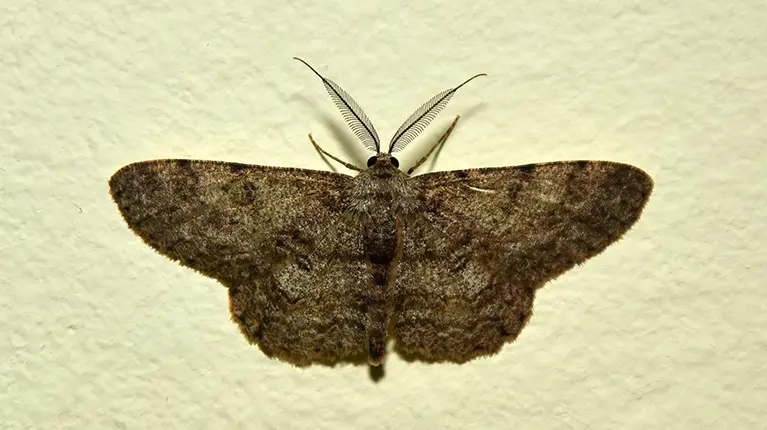Moths

Moths represent the vast majority of lepidopteran species, a group that includes insects with two pairs of membranous wings, covered with scales and mouthparts adapted to suction. The life cycle includes the following stages: egg, larva, pupa and adult.
Clothes moths fly little and are not attracted to light. Its development is influenced by humidity, being the ideal environment with a relative humidity close to 75%, warm and dark. Females lay an average of 40 to 50 eggs over 2 to 3 weeks, dying soon after laying. The eggs, which have an adhesive secretion, are attached to the fibers of the fabric of the clothes. The larvae have 5 to 45 molts, depending on the ambient temperature and the type of food available. They are whitish in color, with a darkened head and weave a diamond-shaped cocoon while they feed, and maybe partially covered by it.
Food consists of wool, feathers, fur, hair, leather, dust, paper and occasionally cotton, linen, silk and synthetic fibers. Used clothes, dirty from drinks, food, sweat or urine, in addition to those kept for a long time, are the most attacked. The feces of moth larvae on clothes have the same coloration as the fibers in the fabrics.
Contact us today for a pest control plan.